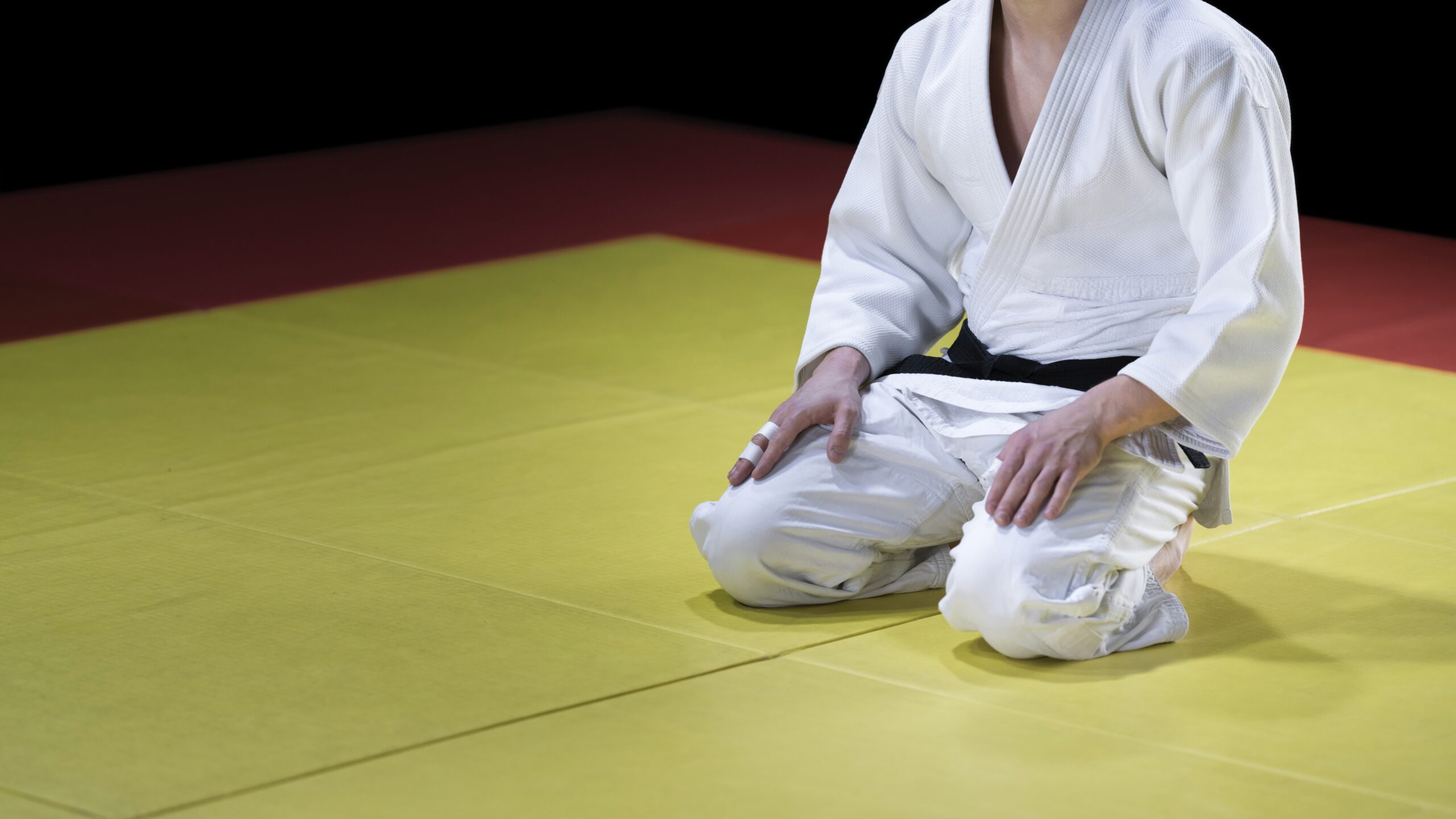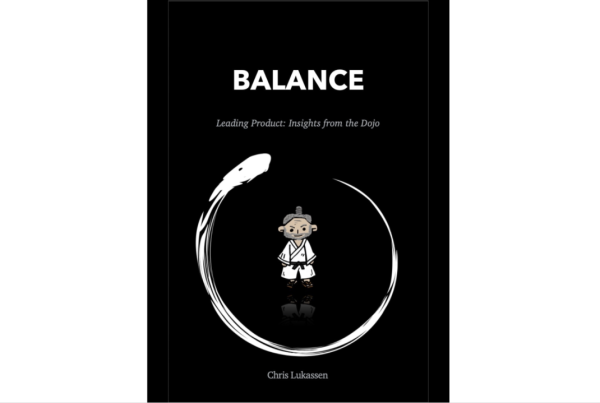Perhaps this has happened to you: you were agitated for some reason or another and someone suggested you take a deep breath. Depending on who said it and how, perhaps you took the advice, or perhaps you didn’t. It was probably good advice.
It may go without saying, but there are many benefits to breathing correctly and effectively. If you’re a high-performance athlete or have been in the past, you may have received some support specifically on this because breathing can have a huge impact on performance. But what about breathing correctly in everyday life?
Given the growing corpus of research that shows the effectiveness of attention-to-breath techniques in regulating emotions (see for instance Doll et al., 2016), it is clear that many people would benefit tremendously from incorporating such practices in their daily lives.
Before we go any further, I want to make it clear that the perspective I offer here is person-centered rather than employer-centered. I say this because few things are more cynical to me than an employer who puts undue pressure on their employees and then turns around and recommends breathing, meditation, mindfulness, etc. as a way to help them cope. I have previously written about that here and here in case you would like to dig into that aspect of things.
No. What I’m talking about is something that you can do for your own benefit.
If you were to walk by our dojo at the beginning of one of our judo classes, you might catch us all sitting motionless in the traditional seiza or kneeling position, eyes closed and in complete silence. You would be witnessing mokuso, a form of meditation that brings together correct posture and correct breathing as a way to clear the mind. We do mokuso at the beginning and the end of every class.
The form of breathing we practice in mokuso is known as “abdominal breathing”. Kyuzo Mifune, one of the fathers of judo, explained that sitting correctly in the seiza position “leads to a clear and relaxed mental state with energy naturally concentrated in the lower abdomen”. (Mifune, 2004, p. 31) Another Japanese master, Taisen Deshimaru, recommended “breathing correctly with the emphasis on exhaling deeply into the hara”, that is, the lower abdomen. (Deshimaru, 1982, p. 87)
There is a long tradition in martial arts of focusing on proper posture and proper breathing as way to ready mind and body for action. In feudal Japan, “interest in abdominal breathing was clearly the most pragmatic and practically centered of all… to be able to fight well.” (Ratti and Westbrooke, 1973, p. 456) In modern times, martial arts such as “Judo and karate also train our breathing, but most people are unaware of the fact. […] Once you have understood it, it will serve you well in your everyday life. […] It will calm you and give you strength and assurance. It concentrates your energy and awareness.” (Deshimaru, p. 86)
The effectiveness of breathing techniques has been known in various traditions going back thousands of years, something that modern science has been catching up to over the past few decades. In an article published in Scientific American Health & Medicine in 2019, Christophe André, a psychiatrist at the Sainte-Anne Hospital Center in Paris and a pioneer in the therapeutic use of meditation in France, wrote the following:
“In fact, every relaxation, calming or meditation technique relies on breathing, which may be the lowest common denominator in all the approaches to calming the body and mind. Research into basic physiology and into the effects of applying breath-control methods lends credence to the value of monitoring and regulating our inhalations and exhalations.” (André, 2019)
André goes on to enumerate a number of techniques that have been proven to be effective. Those include: Stand up Straight (“Posture is important for breathing”!), Follow your Breath, Abdominal Breathing, Rythmic Breathing, Alternate Nostrils, Cardiac Coherence, and a few others that you may have heard about.
Hearing about something is obviously not enough. You need to pick one and practice it until it becomes second nature, so that you can call on it when you need it. That requires a certain investment because you won’t get there overnight. Neither does it work always and in all circumstances, and there can be some counter-indications. (André, 2016)
In case you’re wondering, I do not take my shoes off and get into seiza with my eyes closed at the office. But I do find abdominal breathing helpful in my everyday life and often take moments at work for a few cleansing breaths before jumping into something. It is indeed, as has been written, “expedient for calming the mind.” (Judo Kodokan, January, 1959. Quoted in Ratti and Westbrooke, p. 456) It has undoubtedly benefited me and I can only recommend it for your own benefit, too.
References:
André, Christophe. Proper Breathing Brings Better Health. SA Health & Medicine Vol. 1 No. 2 (April 2019)
Deshimaru, Taisen. The Zen Way to the Martial Arts. Translated by Nancy Amphoux. London, Penguin Compass, 1982, 120 pages.
Doll, Anselm. Mindful Attention to Breath Regulates Emotions via Increased Amygdala-Prefrontal Cortex Connectivity.NeuroImage, Vol. 134, pages 305–313; July 1, 2016.
Mifune, Kyuzo. The Canon of Judo: Classic Teachings on Principles and Techniques. Translated by Françoise White. Tokyo, Kodansha International, 2004, 224 pages.
Ratti, Oscar and Adele Westbrook. Secrets of the Samurai: The Martial Arts of Feudal Japan. Boston, Tuttle Publishing, 1973, 483 pages.



